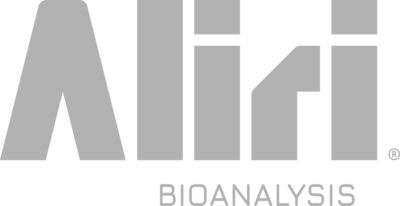Immunologic Alterations in the Lung Cancer Environment
Immunotherapy has transformed the landscape of lung cancer treatments but despite promising outcomes, only a small fraction of patients experience substantial benefits from immune checkpoint inhibitor (ICI) therapy.
Utilizing our proprietary platform, our team has been able to identify spatial biomarkers in the context of lung cancer disease that help the further classification of patients that could benefit from ICI therapy. By examining the effect of spatial immune biomarkers in the tumor’s microenvironment, we observed the tumor’s response to ICI, and evaluated gene expression profiling data to gain insights about patients’ response.
Download our application note to learn more:
Delineation of cell subpopulations and cell-cell interactions
Understanding the complex interactions in the tumor microenvironment (TME) plays a pivotal role in the onset of cancer, the advancement of tumors, and the determination of the reaction against anti-cancer treatments.
Traditional studies fail to recognize the potential of studying the spatial arrangement of the TME and are therefore unable to completely uncover its intricacies. To overcome these limitations, we use quantitative image analysis based on multiplex immunohistochemistry to extract data from the TME.
Discover how our proprietary imaging platform helps identify drug targets in spatial environments and provides insights into treatment response for non-small cell lung cancer.
Spatial quantification of biomarkers within target tissues with image analysis platform
Exploring tissue-based biomarkers is a crucial component of pre-clinical/clinical drug development, as it can help identify new therapeutic targets, evaluate surrogate markers of drug effectiveness, and predict potential benefits of a candidate compound.
Using image analysis allows us to evaluate tissue biomarkers in greater detail and study cellular interactions in complex biological processes. Our digital pathology data analysis workflow allows the automation of cell segmentation and their classification to resolve the molecular architecture of the tissue.
Download our application note to learn more:
Cell deconvolution to estimate cell type abundance from spatial transcriptomic data within heterogeneous tissues
Central to spatial biology is the mapping of cell types across heterogenous tissues. This process helps us understand the relationship between cells in the context of disease and their role in response to treatment. Based on cell abundances, we identified different microenvironment cell subtypes within non-small-cell lung cancer (NSCLC) tissues and differentiated how they responded to checkpoint inhibitor therapy.
Download our application note to learn more:
Assessment of reproducibility in multiplex immunohistochemistry
Multiplex Immunohistochemistry (mlHC) is an advanced technique that can detect tissue-based biomarkers simultaneously, which transforms the traditional approach of immunohistochemistry. mlHC enables precision medicine in both research and clinical practice because it evaluates various proteins and their spatial distribution within single tissue sections at a cellular level.
Specific requirements are crucial for achieving high-quality staining and analysis, and to deem a mlHC assay as validated, it must be proven to be analytically reproducible.
Download our application note to learn more:
An automated complementary method for spatially resolved quantitative analysis of drugs and biomarkers
Having an initial understanding of drug distribution, quantification and target engagement within disease-relevant histological structures is critical in choosing more effective drug candidates. MALDI MSI unveils the quantitative distribution of label-free drugs, or biomarkers, providing valuable data that complements information obtained through traditional approaches.
Our optimized workflows offer solutions to problems that are sometimes encountered when you quantify drugs and biomarkers with MSI, and open the door for precision quantification of any molecule in specific regions of interest.
Download our application note to learn more:
Batch alignment of mass spectrometry imaging (MSI) metabolome through data integration
Mass spectrometry imaging (MSI) is a critical tool used to investigate tissues and molecules in spatial bioanalysis. Technical challenges in MSI, also known as batch-effects, have proven to impede reliable comparison of data from large-scale studies performed in translational clinical research.
Meaningful analysis of data generated in large-scale studies is critical for medicine and biology studies. This application note focuses on a batch correction method designed to minimize impedance of batch-effects and allow reliable identification of biological clusters and their comparison.
Download to learn more about batch alignment through data integration.
Automated approach to quantify single molecule in complex tissues
This application note focuses on an efficient analysis method which enables the quantification of molecules at the single-cell level. Accurate RNA quantification in single molecules is crucial to understand the dynamics of gene expression and regulation.
In this study, individual molecules were imaged in fixed cells and DNA staining was performed in tumoral areas of the tissue. Analysis results showcase quantification of single cells and provide an understanding of cell-to-cell interactions in cancer cells and other molecules.
Download to learn more about quantifying single molecules in complex tissues.
RNAscope assay: Single cell transcriptomics for drug target discovery
When dealing with biomarkers in drug target discovery, profiling the tissue transcriptome in its spatial organization is key to understanding and predicting that tissue’s response to immunotherapy, because the tissue function within the body relies on the precise spatial organization of the cells. This is especially true when dealing with complex and heterogeneous tissues, such as tumors.
With tumors, the relationship between the cells and their environment is what ultimately shapes a patient’s fate. Applying the RNAscopeTM assay allows that evaluation of the presence of transcripts within a spatial context. This technique then ultimately can predict the tumor’s response to immunotherapy.
To further explain the impact of the RNAscope assay, this application note details a case study on a non-small-cell lung cancer (NSCLC) sample to predict its response to immunotherapy. This case study:
- Investigates the presence of the PD-L1 drug target transcript and the Granzyme B (GZMB) biomarker of clinical outcome transcript
- Explains quality control measures taken to validate the hybridization technique
Looks at the heterogenous distribution of transcripts in the NSCLC tissue section & examines the quantification of the PD-L` and GZMB to draw conclusions on the tissue’s reaction
Personalized therapy selection: Investigation of multiple immune-checkpoints
PD1 blockade has changed the immunotherapy approach against solid tumors – prescribing patients’ monoclonal antibody-based therapy yielded positive results. However, the number of patients that benefited was small compared to expectations, and lack of attention paid to immunohistochemistry could be responsible. Understanding the tumor microenvironment with a single biomarker is not accurate enough to predict the interaction of the drug with the site of action, or to predict the effectiveness of the drug for the patient.
In this application note, industry expert, Corinne Ramos, PhD, discusses how understanding the tumor microenvironment (TME) at the biomarker level is not enough to predict the interaction of the drug with the site of action. Her study performs a deep spatial profiling of biomarkers on two baseline non-small cell lung cancer (NSCLC) tissue samples. The population of gene expression was characterized with a focus on a specific region of interest on the tissue where she could draw conclusions on the TME.
Her research walks through:
- Immune infiltration
- How phenotype correlates with ICI response
- T-cell-inflamed gene-expression profiles
- Immune suppressive pathways that reduce ICI activity
- Tight immune checkpoint targeting.
Learn why the TME needs to be investigated at the molecular level to accurately prescribe the appropriate therapy.

